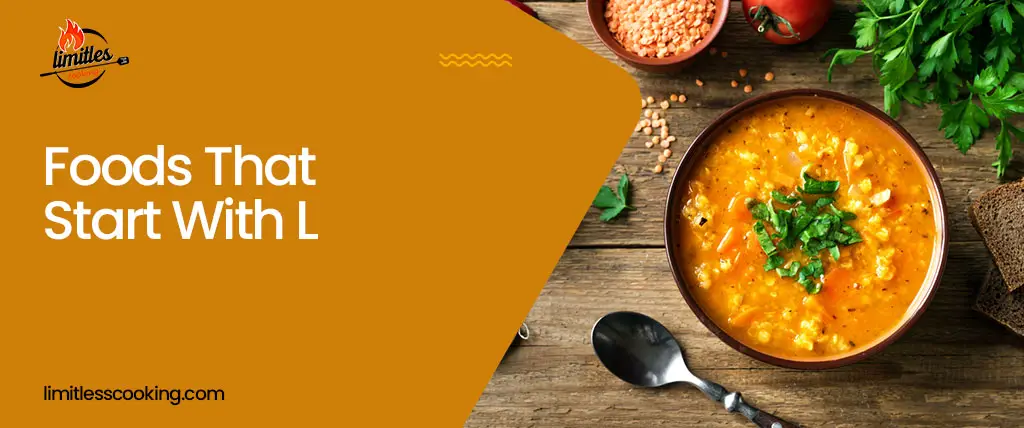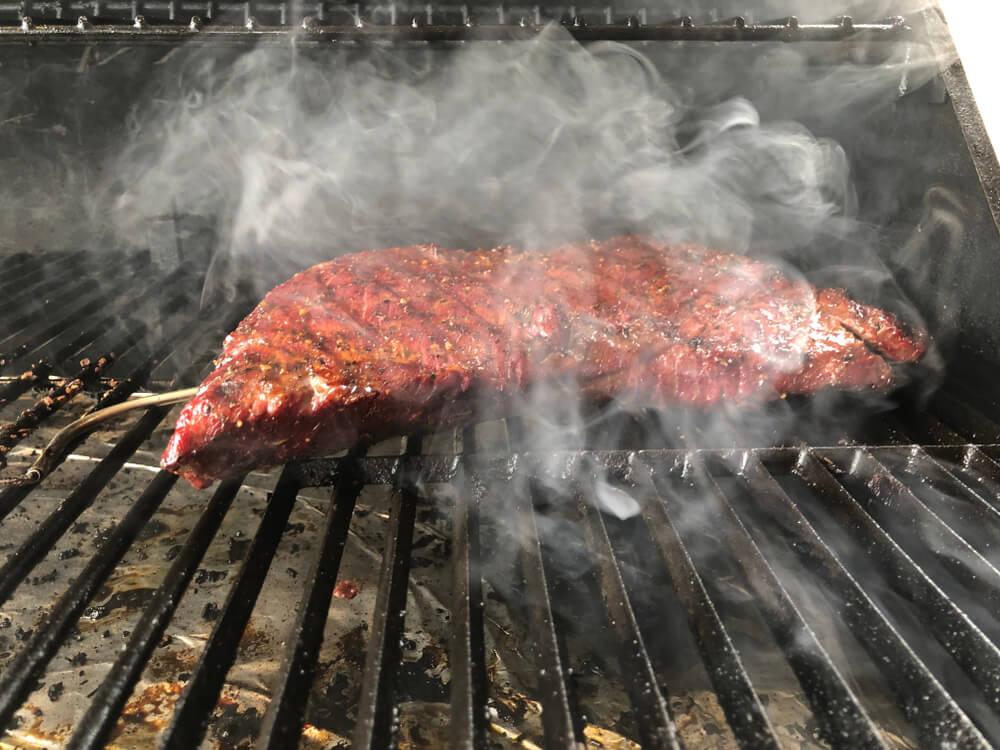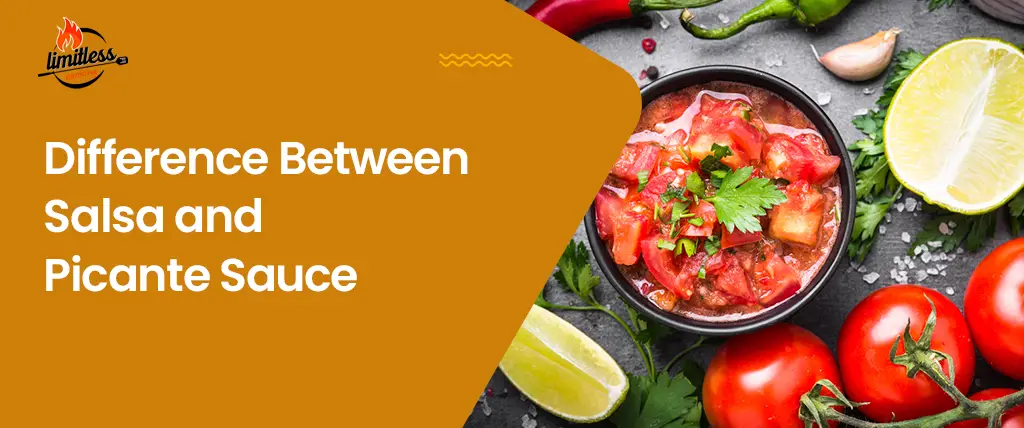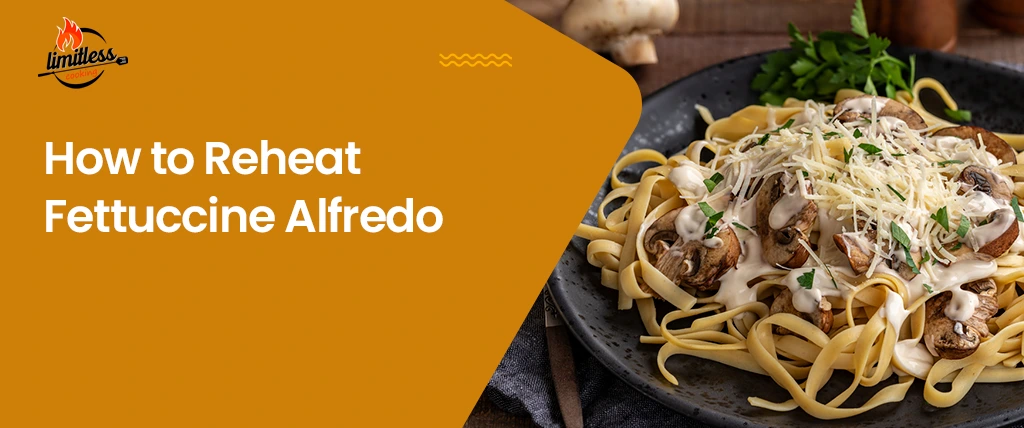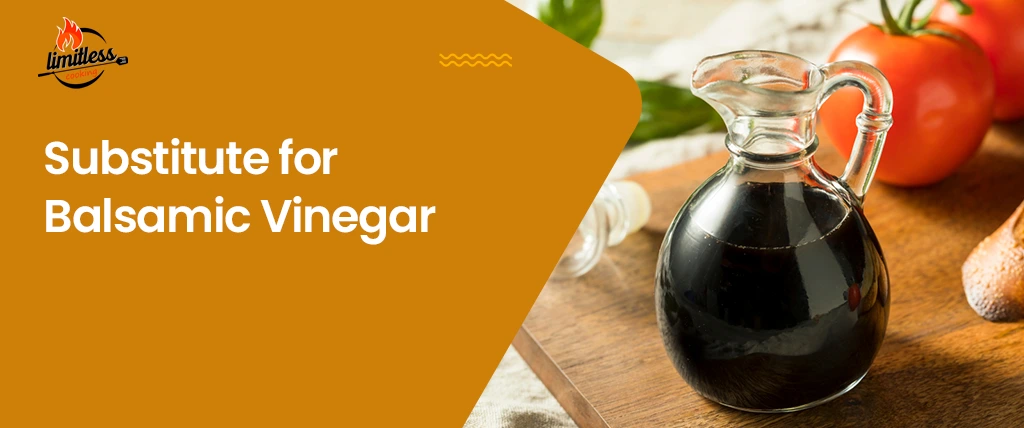Scallion vs Shallot: Everything You Need To Know
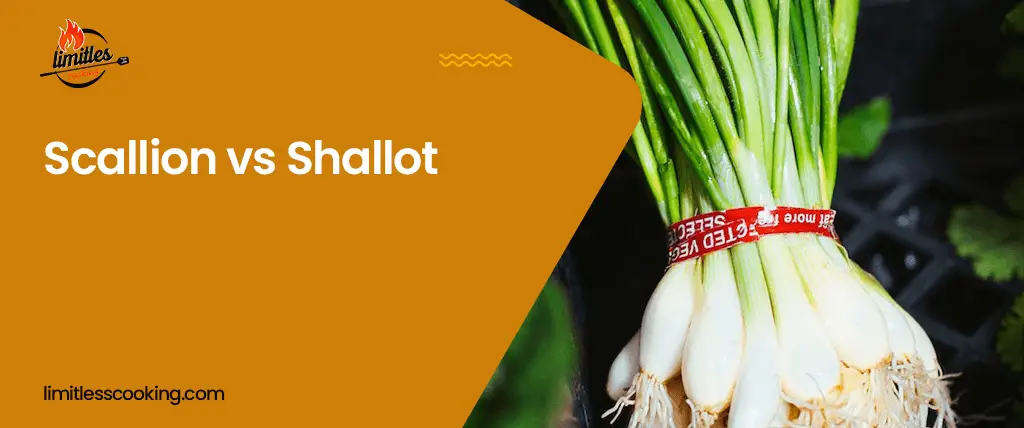
I’m pretty sure that of all the questions and thoughts that keep you up at night, scallion vs shallots is at the top! Just kidding! But it is a handy bit of information to know their similarities and, yes, differences.
Sometimes recipes mention ingredients that you may not have at hand at the moment. So today, I shall give you an overall comparison of scallions and shallots, their uses, tastes, flavors, and much more.
To begin with,
What are Shallots?
Shallots resemble onions but are tapered on one end. This distinct tapered shape sets shallots apart from other onion family members. They are closely related to onions, garlic, and even chives. They are more flavorful than onions and have a sharp, acidic zing that brightens up any dish they are added to.
Shallots grow in clusters and are allowed to mature and develop. They are small in size and bulbous in shape. The outer skins of shallots are brown-purple-copper-ish colored. Their insides are like other onion family members but with thinner layers.
This gives them a wonderfully sweet and garlic-ey taste.
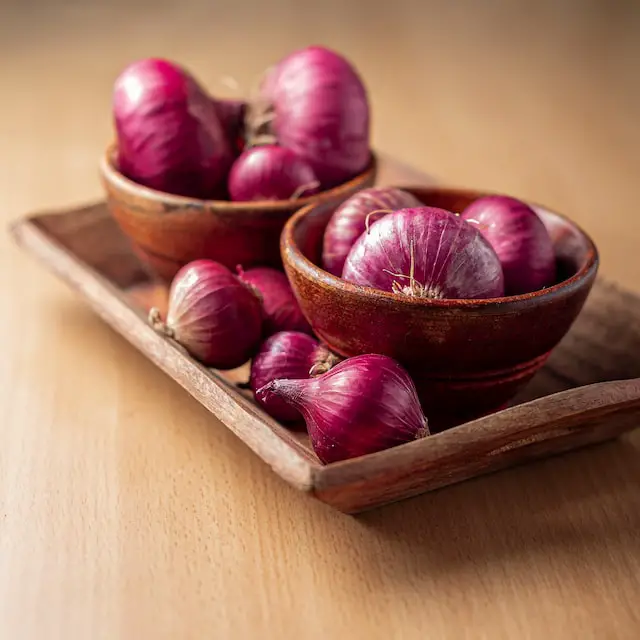
What are Scallions?
Scallions are immature onions! They have a strong and sharp smell that is vibrant and crisp. They are sweet and mild flavored. Scallions are also onion family members and look similar to spring onions. They are often called and referred to as Green Onions.
They are long and tubular and usually have green stalks attached. Every part of this plant is edible except the roots. Their outer skins are translucent and opaque, as they have not matured yet. The green stalks of scallions should be fresh and not wilted. Wilted means they are old but still edible.
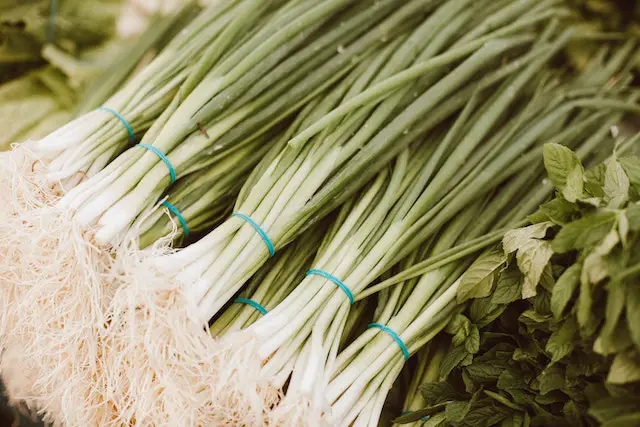
Scallion vs Shallot
Let’s look at an overall comparison between these two based on some common factors.
Scallion vs Shallot in terms of Appearance
| Criteria | Scallion | Shallot |
|---|---|---|
| Size | Small | Small |
| Shape | Long Tubular | Tapered on one end |
| Outer Skins | A mix of Brown, Copper, and purple | Translucent, Opaque, Green, and light green stripes |
| Stalks | Removed | Present and green |
So we can see that Scallions and Shallots can be easily distinguished.
Scallion vs Shallot in terms of Biology and Harvesting
| Criteria | Scallion | Shallot |
|---|---|---|
| Scientific name | Allium Fistulosum | Allium Ascalonicum |
| Bulbs | Single | Multiple |
| Harvest stage | Immature | Mature |
| Insides | Thin layers | Thick layers |
| Origin | Asia | Middle East |
Here we can see that even though they belong to the same family and are similar in some ways, at the same time, they are different from one another as well.
Scallion vs Shallot in terms of Nutrition
| Element | Scallion | Shallot |
|---|---|---|
| Fiber | Yes | Yes |
| Fat | 2 times more than Shallots | Very Low |
| Calories | Yes | 2 times more than Scallions |
| Carbohydrates | Yes | 2 times more than Scallions |
| Cholesterol | No | No |
| Vitamin A | Up to 20% of daily requirements | No |
| Vitamin C | 40% more than Shallots | Yes |
| Vitamin D | No | no |
| Iron | 25% more than Shallots | Yes |
| Calcium | 2 times more than Shallots | Yes |
| Sodium | Yes | 20% more than Scallions |
| Potassium | Yes | 20% more than Scallions |
| Protein | Yes | 20% more than Scallions |
Although they are both shown to have Calories, Carbs, and Fat, those amounts are negligible as they are so small. So in terms of Nutrition, they both have pros and cons, so we can call them equal in terms of overall benefits.
Fun Fact :
Scallions and Shallots provide antioxidants that help the human body to prevent a life-threatening disease called Cancer.
Scallion vs Shallot in terms of Flavor and Use
| Criteria | Scallion | Shallot |
|---|---|---|
| Flavor Intensity | Mild | Strong |
| Bite | Light | Medium |
| Tang | Light | Medium |
| Pungent | Mellow | Strong |
| Garlicky Taste | No | Slight-Garlicky taste |
| Sweetness | Very low, especially when raw | Very mellow, especially after cooked |
| Can be used Raw? | Yes | Yes |
| Can be used Cooked? | Yes | Yes |
From here, we can see that Shallots tend to be more flavorful than Scallions as Shallots are more mature; as a result, their flavors have a chance to develop and flourish.
Ingredients Similar to Shallots and Scallions
These ingredients can be used to replace Shallots and Scallions:
Chives
Chives are a member of the Allium family. Usually, the leaves and stems of the plant are edible and eaten. These leaves and stems are green and long and hollow. They have a unique sharp taste that closely resembles onions and other Allium family members.
Chives are usually used fresh and added to food at the end of the cooking process. Their vibrant color and taste make them a perfect garnish as they brighten up any dish they are added to.
Leeks
Leeks have a wonderful earthy and fruity sweetness to them that is unparalleled. Similarly, like Chives, they should be added at the very end of the cooking process, this allows them to pop and shine, and they certainly deserve the spotlight! Also, cooking them down disintegrates and dilutes their flavors, making them less noticeable.
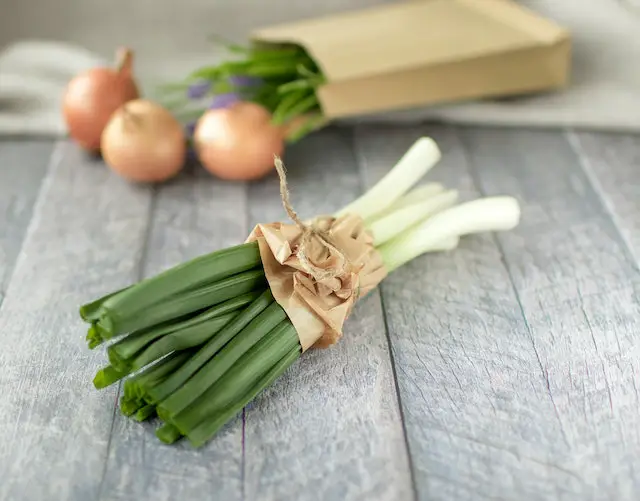
Onions (White)
Of course, the onion will be on this list for obvious reasons. Onions should be used in moderation as their flavors are quite intense. They not only make you cry but also give you stinky breath; still, we choose to ignore those sides and consume onions because they are worth the tears and bad breath.
Garlic
Unless you are a vampire, chances are you love garlic. I do; we all do. Garlic is one of the most loved flavors in the culinary world, no matter what culture or part of the world you look at. Raw, cooked, fermented, dried, powdered, the ways one can use garlic are endless. Again use garlic in moderation as it can overpower other flavors.
Some honorable mentions: Red/Yellow onions, Onion Powder, Ramps.
Answering Some FAQ
Which is better? Onions or Shallots?
Both have pros and cons, which is better between Onions and Shallots depending on the dish they are being used in.
Can I substitute Shallots for Scallions?
Yes, you can substitute Shallots for Scallions as they are similar but keep in mind Shallots are stronger in taste and sweeter.
Are Scallions and Shallots the same thing?
No, Scallions and Shallots are similar but not the same.
Why do chefs use Shallots instead of Onions?
Onions tend to have a very strong flavor. It can often be overpowering and cause a bad breath afterward, and the taste may linger in your palette. That is why chefs often use Shallots instead of Onions because Shallots are milder.
What is a good substitute for Scallions?
Depending on the recipe, you can use the following: Chives, Spring Onions, Leeks, Shallots, Red Onions, etc.
Are Shallots and Green Onions interchangeable?
No, but if you want to substitute one for the other, you can.
What is the difference between a scallion and a green onion?
There isn’t any difference between a Scallion and Green Onion because they are the same thing.
Are Scallions and Chives the same?
No, Scallions and Chives are vastly different.
Which is healthier: Onion or Shallot?
Both are relatively the same even though Shallots contain more nutrients whereas Onions contain fewer calories.
What do Americans call Spring Onions?
Even though they are different, Green onions are often sold and referred to as Spring Onions in America.
What is another name for Shallot?
Eschalot is a term used to mean Shallot.
To Conclude
I tried my best to give you an overall comparison between Scallions and Shallots. There is no clear winner here as they have different uses. The winner is whichever one your recipe requires and, yes, your personal preferences. Ultimately, the real winners are us because we get to taste these wonderful creations of mother nature.

